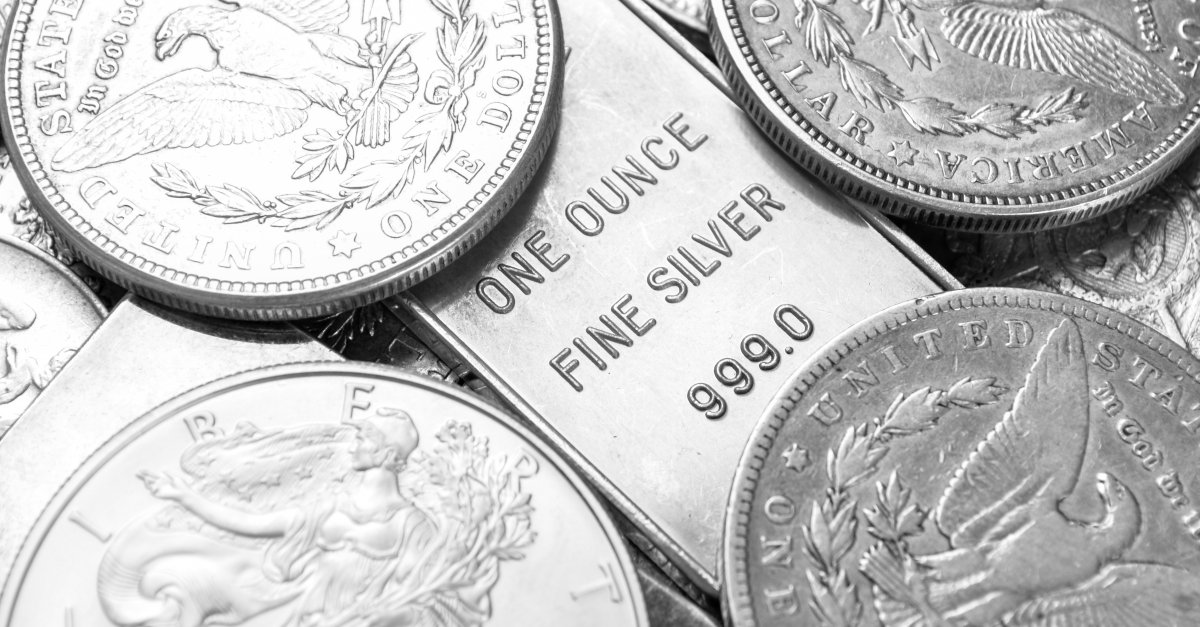Despite the fact that aluminium prices are currently close to three-month highs, economists predict that they will remain muted at least through the end of the first quarter of 2022 due to weak Chinese growth and global demand. The price of the metal is currently $2,425 per tonne for three-month contracts on the London Metal Exchange (LME), while spot delivery costs are $2,410 per tonne. Following the easing of coronavirus limitations in China, the world’s largest customer, prices have jumped by about 5% this week and 9% over the previous month.
The silvery-white metal is used in cans, construction, aeroplanes, and automobiles. However, research firm Fitch Solutions Country Risk and Industry Research has reduced its price projection for the fourth quarter of 2022 to $2,725 a tonne from $2,850. Fitch Solutions further reduced its 2023 price projection to $2,600 from $2,700 due to “weakerthanexpected growth and demand spurred by the slowdown in Mainland China, an approaching recession in the Eurozone, and evidence of market overstock based on stocks data.
” A strong dollar, rising interest rates, and consistently high inflation, according to the research organisation, increase the downside risks. “Weak demand has thus far made supply-side limitations less noticeable. Potential supply disruptions from Russia due to sanctions have not yet occurred, but they are starting to have an effect, it said. The LME has opted not to prohibit trade in the metal produced in Russia or keep it in its warehouses, according to analysts, who also stated that aluminium supplies remain unaffected.
According to Fitch Solutions, investor confidence in the entire metals complex is still low, which leaves little room for price increases. China also has enough production capacity to effectively offset the majority of the losses from all Russian exports in the coming years, which will limit price declines. Shanghai Metal Market (SMM) news, stated last month saw a small increase in China’s operating capacity for aluminium, which improved supplies. The domestic operating capacity for aluminium had “recovered to about 40.48 million tonnes by the start of November,” according to the report.

